The global increase in atmospheric temperature may be accelerating the physical breakdown of landscape and infrastructure. Rock expands when heated, and combined with other stresses in the landscape associated with topography and regional tectonic history, can potentially trigger the formation of large rockfalls. Recently, large bedrock outcrops in California and Finland hosted dramatic fracturing events […]
Read More...stress-driven
Geohazard information for the masses
Category: Research (page 3 of 4)
Candidate: Andrina Vlasek Supervisors: Kerry Leith, Andrea Manconi Institution: ETH zurich Activity: Completed summer 2016 Natural hazards such as landslides happen frequently in Switzerland, more than 6% of Switzerland’s area is prone to slope instability. Not all landscapes are equally prone to landslide instabilities, but depend on various factors, such as geologic (e.g. lithology), topographic (e.g. slope steepness) […]
Read More...Candidate: Barbara Kessler Supervisors: Kerry Leith, Michael Krautblatter Institution: Technical University of Munich Activity: Completed summer 2015 The impact of glacier retreat on rock slope instability since the Last Glacial Maximum is the subject of ongoing debate. Rock slope activity since ice retreat is typically attributed to increased kinematic freedom as a result of erosion during glaciation, […]
Read More...Candidate: Felix Hofmayer Supervisors: Kerry Leith, Michael Krautblatter Institution: Technical University of Munich Activity: Completed summer 2015 Especially in alpine areas with a high density of population there is a huge risk of heavy rockfalls. Most of all in case there is a touristic dependency for the region. The Zugspitze with Garmisch-Patenkirchen at the bottom is a […]
Read More...Candidate: Theresa Raab Supervisors: Kerry Leith, Michael Krautblatter Institution: Technical University of Munich Activity: Completed fall 2015 High-magnitude forcing events like earthquakes and severe strorms greatly influence regional landslide activity. Here, we investigate geomorphic factors contributing to slope instability prior to, during, and after four extreme-forcing events: the 2008 MW 7.9 Wenchuan, China, earthquake, the […]
Read More...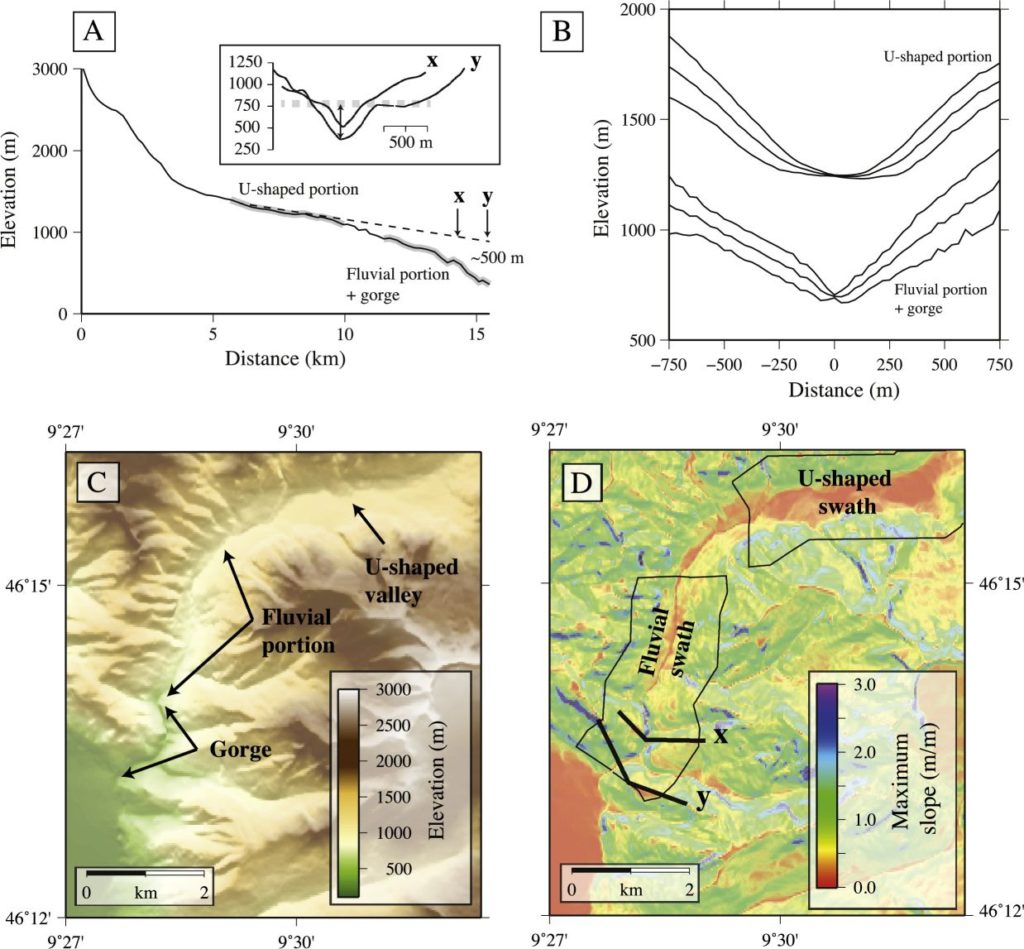
Erosion rate estimates indicate fluvial gorge formation in a catchment on the southern side of the Alps outpaced glacial erosion at the same location for the last ~400 kyr.
Fox, M., Leith, K., Bodin, T., Balco, G., Shuster, D.L., 2015. Rate of fluvial incision in the Central Alps constrained through joint inversion of detrital 10Be and thermochronometric data. Earth and Planetary Science Letters 411, 27-36.
Candidate: Benedikt Geisenhof Supervisors: Kerry Leith, Michael Krautblatter Institution: Technical University of Munich Activity: Completed summer 2014
Read More...Monsoon rains triggered a large earth flow near the town of Koslanda yesterday. The landslide struck early in the morning, and according to the Disaster Management Center destroyed more than 120 homes, with current estimates suggesting there could be more than 100 casualties. New video from the site gives the first really good impression of the […]
Read More...Long periods of exceptionally high temperatures in California and Finland this summer have been associated with the formation of large ‘exfoliation’ or ‘sheeting’ fractures in bedrock surfaces that may have remained largely unchanged since the last ice age.
Read More...In the case of the 29/08/14 failure, members of the ETH Zurich had captured images of the rock slope two weeks prior to the event, and as the SLF was working in the region at the time, images immediately (approx. 30 min) after the event are also available. This is a rare case for such a large alpine rockfall, and in addition to the video I posted earlier could offer opportunities to investigate the driving mechanism and failure process with more detail than is usually possible.
Read More...© 2024 stress-driven
Theme by Anders Noren — Up ↑
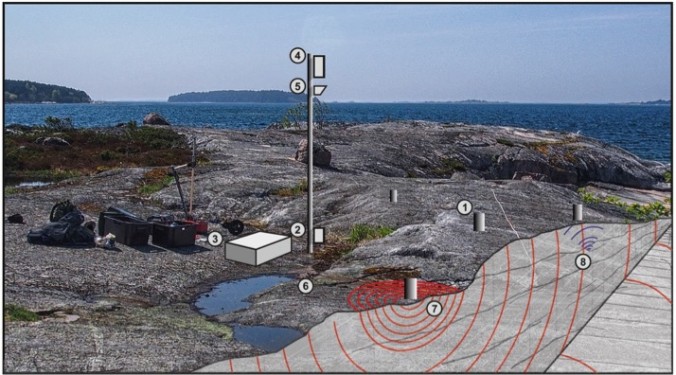
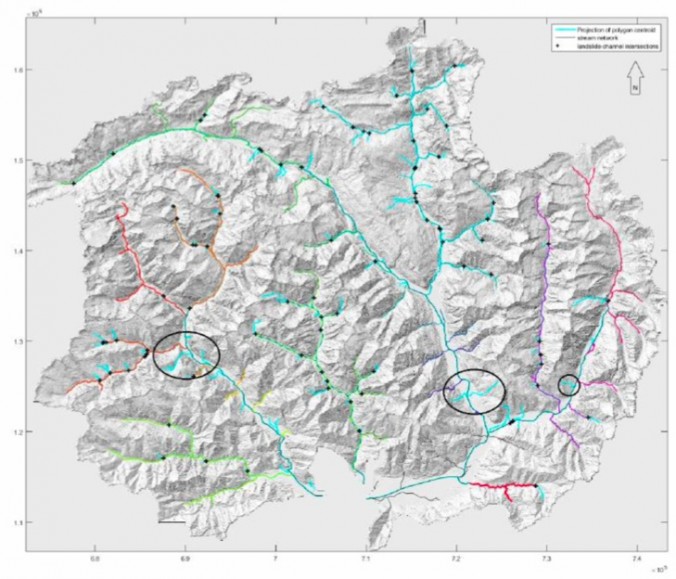
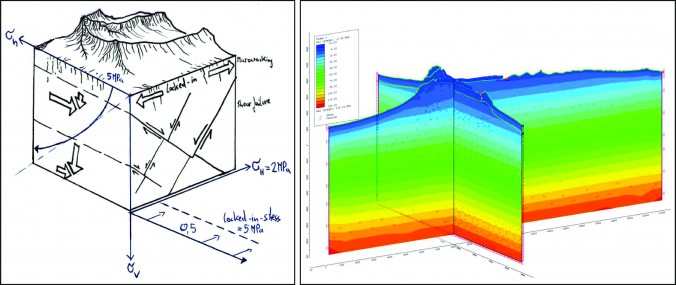
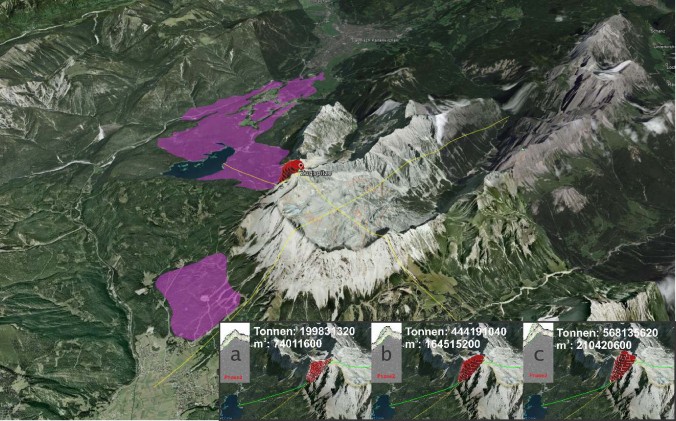
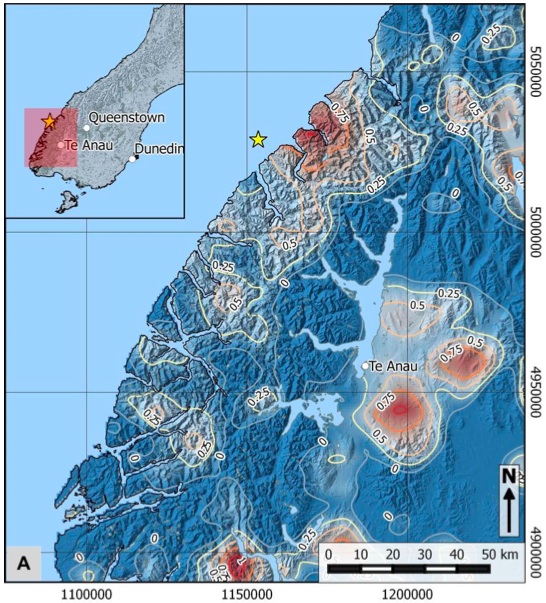
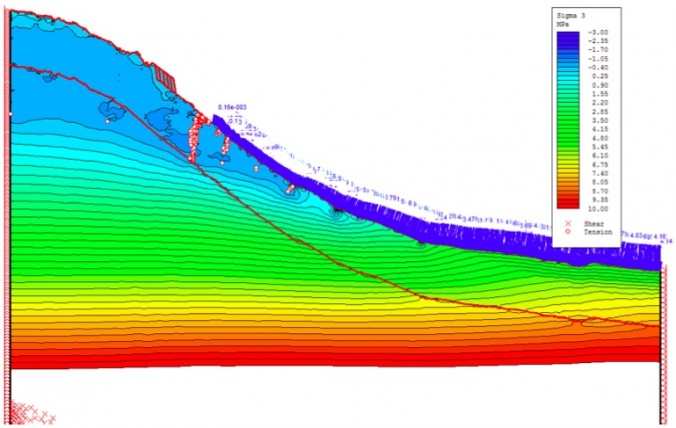
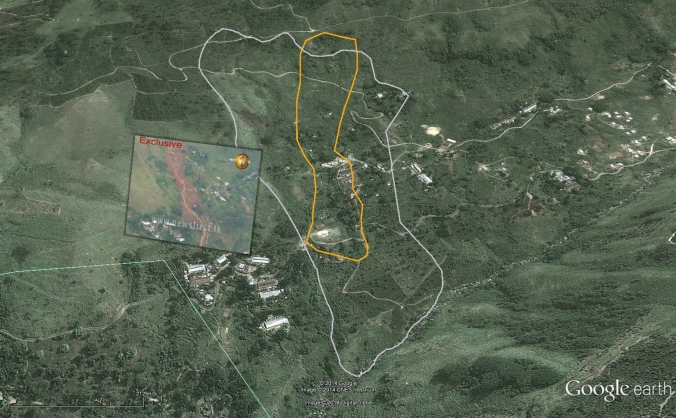
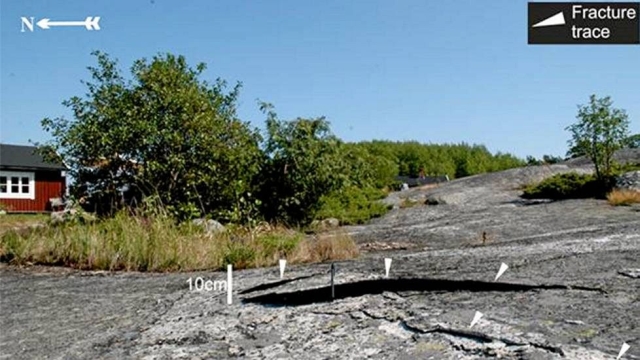
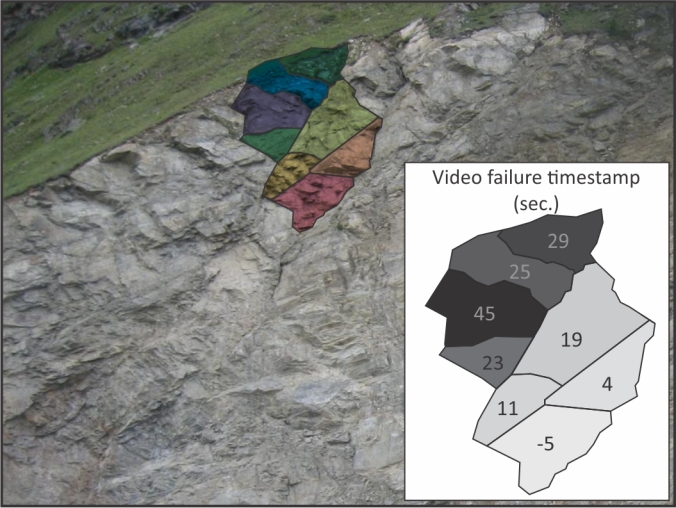

Recent Comments